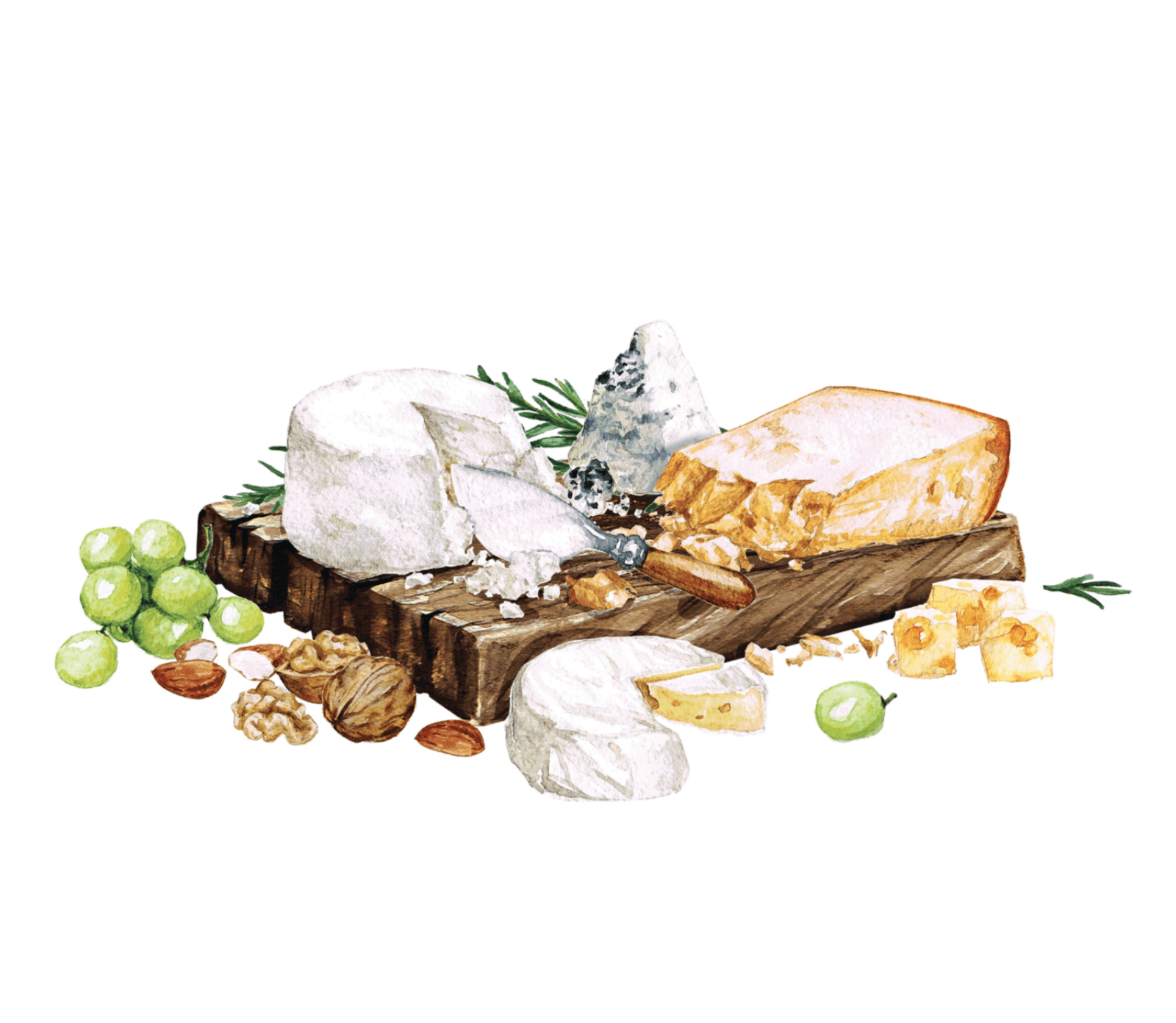
On a late-night phone call with my brother, I heard the sound of utensils scraping against dishware. “I’m having a little cheese plate,” he said. I was disbelieving and impressed. “Yeah,” he said. “Everyone over here does that sort of thing.”
My brother lives in Scotland, and he’s more immersed in European customs than the rest of my family. However, he’s also a 20-year-old college student. Replacing sweet desserts with a sophisticated cheese plate struck me as a power move. The pint of Halo Top in my own freezer suddenly felt so juvenile and predictable.
“Everyone over here does that sort of thing,” resonated with me. Once at a restaurant in Paris, I had the audacity to ask the waiter to serve my cheese before the main course. This resulted in furrowed brows and whispers among the wait staff.
But my American instincts prevailed, and much to the waiters’ amusement, I filled up on cheese before my dinner and subsequently “second dessert” arrived. Dinners in France traditionally conclude with a wedge or two of local cheeses, placed on the table with nothing more than a knife—the perfect accoutrement for after-dinner conversation. As far as my French company (and stomach) were concerned, I’d doubled down on desserts, and I regretted the overly full result.
Many European cultures save cheese for the end of the meal: Stilton and port in England; garrotxa and sherry in Spain; mascarpone with chocolate and espresso in Italy. It’s a ritual that prolongs the conversation, balances the booze, and assuages any lingering hunger. In America, we think of cheese as an hors d’oeuvre. When we entertain friends, dine in restaurants, or simply snack as we cook, cheese is often at hand. “Just a little taste” or “enough to tide me over,” we tell ourselves, reaching for the crackers and a knife. All too often, this avalanches into a full-on cheese bacchanalia that spoils our appetite before dinner appears—I’m speaking from experience.
Finishing a meal with cheese complements the savory notes lingering on the palate, whereas I feel that sweet desserts often feel unbalanced. Because cheese tastes better at room temperature, savoring cheese at the end—instead of filling up on it during cocktail hour—allows flavor to develop as the fat molecules warm, and a small portion is satisfying. Perhaps that’s why European dinner tables reserve a place for the convivial food: It calls people to gather ‘round, dipping and spreading as the light gets low and conversation turns deep.
There’s beauty in the simplicity of a dessert cheese course. Only a few items are needed; no elaborate baking project required. And with dedicated cheeseboard books and Instagram accounts, there is endless inspiration. To achieve Europe’s polished but unfussy theme, set out one to three varieties; a minimalist presentation maintains the spotlight on the cheese. However, a selection keeps things interesting (think nutty Alpine cheese, salty manchego, and tangy bucheron). Offer accompaniments if you wish, but remember the goal is to highlight the cheese.
If you still crave sweets to finish off a meal, plenty of cheeses channel familiar dessert flavors. Pair aged Gouda’s caramelized flavors with candied nuts. Cut through the richness of high-fat, creamy cheeses with bitter dark chocolate. And drizzle honey on a vaguely spicy, fudgy blue cheese to draw out vanilla, woodsy notes. But I won’t deny you the joy of taking to it with only a spoon and glass of Sauternes.
Swap sweet endings for armchair travel. With cheese, dessert becomes a course that whisks you away to Parisian bistros, Spanish bars, Italian piazzas, or English pubs. You’ve heard it before: Save the best for last.



